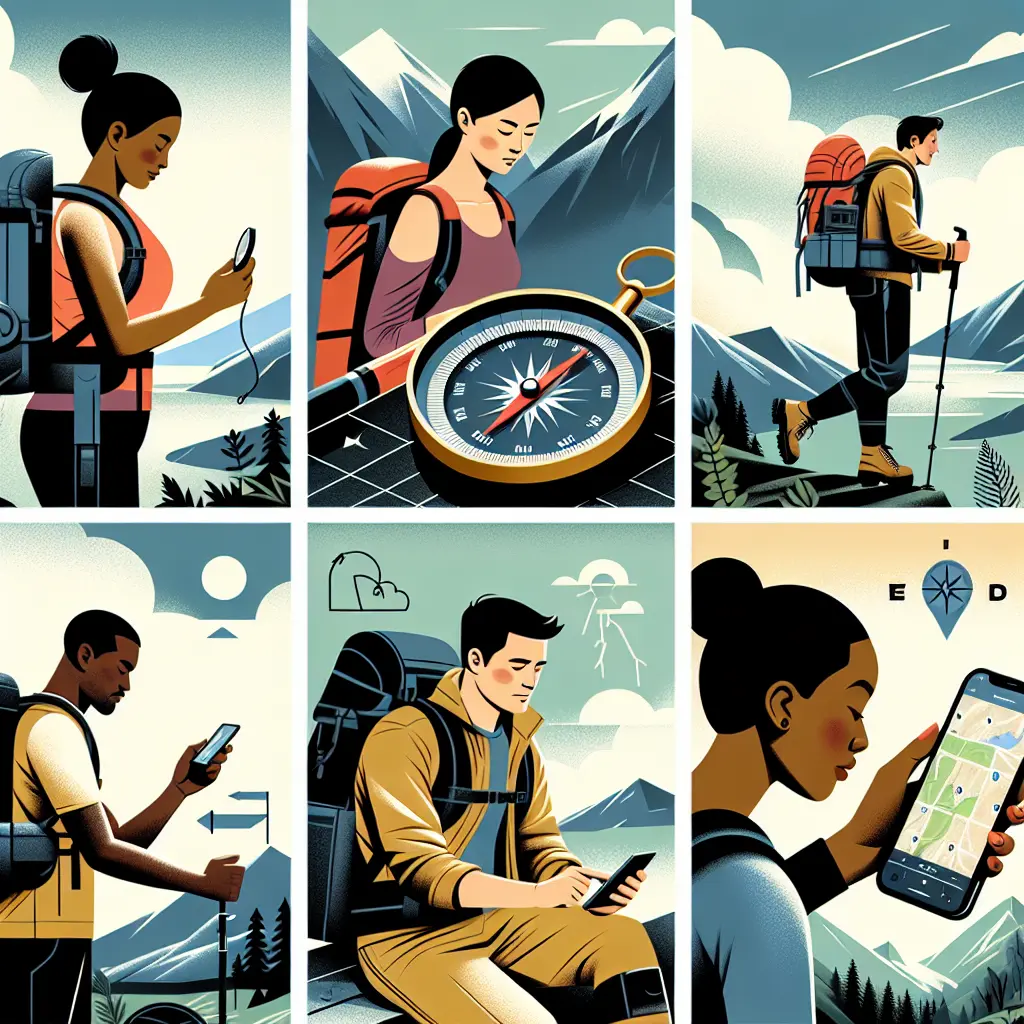
As a seasoned hiker who has traversed the diverse terrains of this planet, from the icy peaks of Patagonia to the steamy jungles of the Amazon, I’ve come to realize that hiking in remote areas presents a unique set of challenges and exhilarating rewards. Whether you're a novice embarking on your first wilderness adventure or a seasoned trailblazer, understanding the fundamentals of hiking safely in remote areas is crucial. Today, we'll delve into essential hiking safety tips, gear, and strategies to ensure your remote hiking experiences are both memorable and safe.
Understanding the Basics: Hiking Safety Tips and Remote Hiking Guide
Embarking on a remote hike requires more than just a good pair of boots; it demands thorough preparation and respect for nature’s unpredictability. Recent news underscores the risks involved; for instance, a third hiker tragically lost their life in the Grand Canyon in less than a month due to harsh conditions source. This highlights the need for emergency preparedness hiking and wildlife safety hiking as key components of your planning.
The Essentials: Wilderness Hiking Gear and Solo Hiking Safety
When planning for remote hikes, selecting the right hiking gear for remote areas is paramount. Innovations in technology offer promising enhancements to our gear repertoire. For instance, the recently announced $5,000 exoskeleton pants, which promise to augment your hiking ability by supporting leg movement and reducing fatigue, are a testament to how far hiking gear has evolved source. Similarly, motorized pants can assist hikers in challenging terrains, which could be a game-changer for many, especially when tackling steep inclines or long distances source.
Water and Health: Water Purification Hiking and First Aid for Hikers
Access to clean water is vital. Water purification methods for hikers range from chemical treatments like iodine tablets to UV light purifiers and filtration systems. Each has its advantages depending on the situation and location. Understanding these options is essential for any remote hiker.
Moreover, accidents happen, and knowing basic first aid for hikers can make a significant difference in emergency situations. A well-equipped first aid kit should include treatments for blisters, cuts, burns, and other common injuries encountered on the trail.
Navigating Your Path: GPS Devices for Hiking and Navigation Tips Hiking
Navigation is a critical skill in remote areas. Traditional map and compass skills are invaluable; however, technology offers additional safety layers. GPS devices for hiking have become more accessible and robust, providing real-time location tracking and route mapping. Coupled with trail planning for remote hikes, these tools help you stay on track and avoid getting lost, as was the unfortunate case for 13 hikers recently rescued after losing their way in high heat source.
Weather and Communication: Weather Considerations Hiking and Satellite Communication Hiking
Weather can change rapidly in remote locations. Keeping abreast of weather conditions is crucial. Apps and devices that provide real-time weather updates can be lifesavers, literally.
In terms of staying connected, satellite communication devices are essential for remote hiking areas where cell service is non-existent. Devices like Garmin InReach allow SOS capabilities and two-way messaging via satellite, ensuring help is at hand when needed.
Survival Skills: Survival Skills for Hikers
Basic survival skills like fire-starting, emergency shelter building, and signal creation should be in every hiker's skill set. These skills could be the difference between life and death in extreme situations.
Recent Innovations and Updates
The hiking world is buzzing with technological advancements that promise to enhance our hiking experiences. Notable among these are developments in Apple Maps, which now offers more detailed terrain information – a boon for hikers looking to explore new areas source.
Additionally, while not directly related to hiking but indicative of the growing trend of enhancing outdoor experiences through technology, Beats has introduced an economically priced Bluetooth speaker with enhanced features, perfect for those who enjoy a bit of music on their solo hikes without breaking the bank source.
Concluding Thoughts
Hiking in remote areas brings us closer to nature’s heart but requires respect, preparation, and the right gear. From embracing new technologies like GPS devices and satellite communications to mastering survival skills and understanding essential wilderness hiking essentials, every step prepares us for the unpredictable beauty of nature.
Remember, every hike is a learning experience, an opportunity to grow closer to nature and understand our limits and strengths. So gear up, plan carefully, and embrace the wild with respect and enthusiasm.
Safe trails, Garrett Mitchell